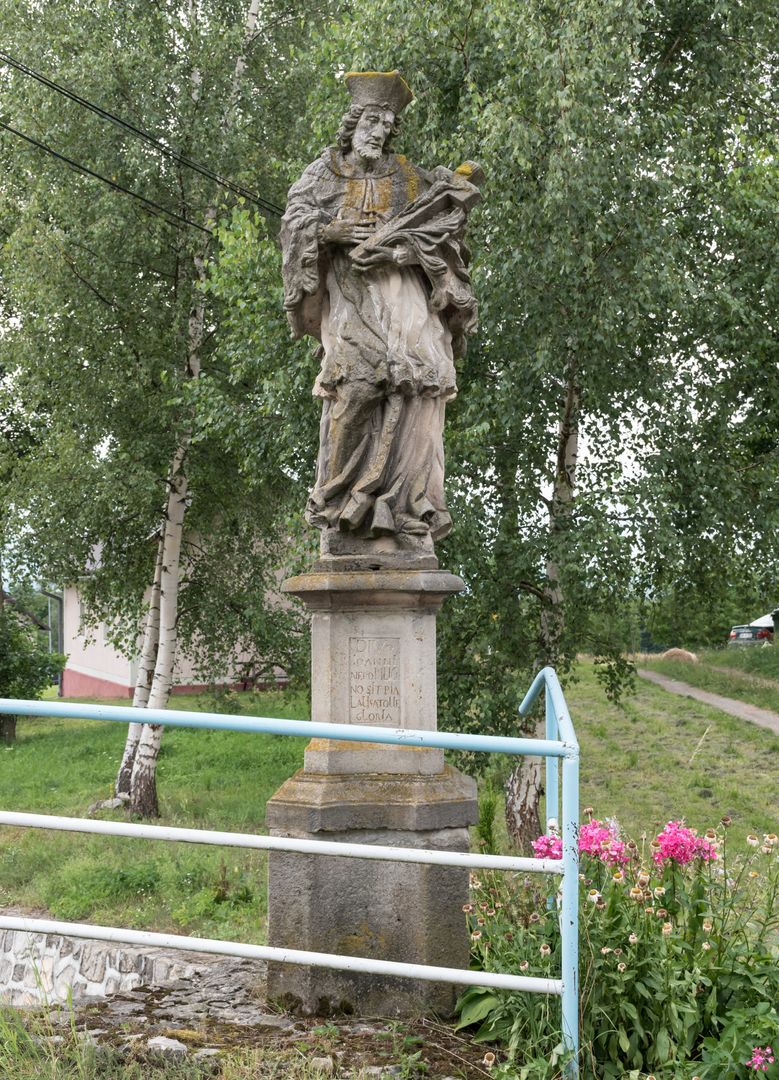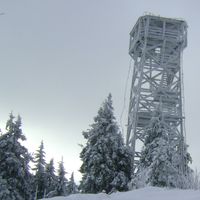Nowa Wieś
6.39

Overview
Nowa Wieś, also known as Neundorf, is a small village located in the Lower Silesian Voivodeship, within the Międzylesie municipality, in the western part of the Śnieżnik Massif. Its name derives from the Polish language, meaning "new village," which is confirmed by historical sources, including documents from the 14th century. The village boasts a rich history dating back to the times of settlement, when in 1246 the Międzylesie estate was established, and in 1294 the Czech King Wenceslaus II granted the lands to the Cistercians, initiating colonization and agricultural development. During the Middle Ages, the village was a knightly property, and the wartime destruction during the Hussite Wars and the Thirty Years' War was significant, yet after each of these crises, the village was rebuilt. Architecturally, it stands out with the Church of the Assumption of the Blessed Virgin Mary, the second largest in the Kłodzko Land, built in the early 18th century with a beautiful interior and altars created by Michael Ignatius Klahr. The ruins of a Renaissance manor from 1585 have also been preserved, testifying to the former prestige of the locality. In the 18th century, the village experienced an economic renaissance based on the weaving and cottage industries, but in the 19th century, the crisis brought by the Industrial Revolution affected its development. Nevertheless, Nowa Wieś gained popularity as a summer resort. Today, the village has an agricultural and recreational character, offering numerous tourist trails, including the blue trail leading to Hala pod Śnieżnikiem and the yellow trail to Przełęcz pod Puchaczem. In the surrounding forests and meadows, one can find numerous traces of traditional folk architecture, enriching the cultural heritage of the area. After 1945, the village was largely depopulated, but in the 1960s, recreational facilities began to be developed, giving the locality its summer resort character, which continues to this day. Nowa Wieś is a place with a rich history, full of monuments that combine architectural, cultural, and natural elements, making it an interesting tourist destination.
Location
You can also find here:
2025 Wizytor | All Rights Reserved
